Welcome to the magical world of quilting! It doesn’t matter whether you’re a complete newbie or an experienced crafter, as the old saying goes ‘a quilter is only as good as their tools!’
In order to make beautiful, professional-looking quilts you need a few essential tools. There’s a huge range of quilting tools on the market all at different price points. To help you navigate this world, we’ve broken down the top quilting tools for both beginners and more advanced quilters.
First, we’ll cover the basic quilting tools all beginners need in their kits. Then we will move on to some useful extra tools and finish on a selection of advanced quilting tools. We’ve also included the best products for each tool, as well as linked guides on how to use them.
Get ready, it’s time to go shopping for quilting tools!
In the market for a new sewing machine? Read Gathered's guide to the best sewing machines.
Quilting tools for beginners
There are so many quilting tools available that it can be a little overwhelming for new quilters! These are the absolute essential quilting tools for beginners:
- Sewing machine
- Steam iron
- Fabric!
- Wadding or batting
- Pins
- Needles
- Threads
- Tape measure or ruler
You can make a wonderful range of projects with these eight quilting tools. Let’s deep dive into each of these quilting tools and explain why you need them in your kit.
If you’re a beginner we’d also recommend heading over quilting guide for beginners which is a great introduction to this fabric-fuelled world!
Sewing machine

Every quilter needs a good sewing machine. You’ll need a sewing machine for most projects, or they’ll soon become very time-consuming!
Nearly all standard sewing machines are suitable for quilting, appliqué, and patchwork. The most useful types offer a variety of stitch lengths and can do zigzag stitch too.
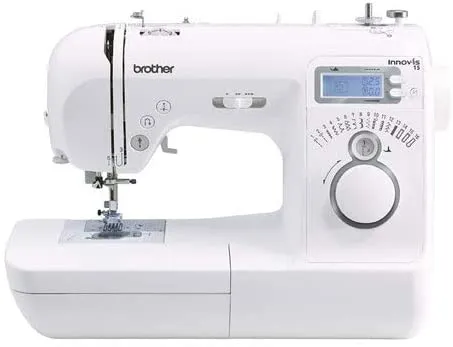
For beginners, we’d recommend looking through our Best sewing machines for quilting. We cover a range of machines at different price points and explain why they’re perfect for quilters. As we mention in our article, the Brother Innov-is A80 comes out on top for beginners. It's lightweight, portable and has an LCD screen with information helping you to sew. You can also use our guide on how to use a sewing machine to get to grips with your new machine.
SQUIRREL_13086028
Quilting threads

Now you’ve got your sewing machine, the next essential quilting tool is thread! There’s so much to learn when it comes to quilting threads that we created a complete guide to quilting threads here on Gathered.
It goes into detail about thread types, styles and the best ones to buy. We’ve also collected some of the top quilting tips for making the most of your threads to give you some expert advice.
Here is a quick overview of the different types of quilting threads you may want to include in your beginner's quilting kit.
Cotton threads

Cotton thread is perfect for piecing and quilting. Most cotton threads will work for machine and hand quilting, but you shouldn’t use thread that’s specifically intended for hand quilting on a sewing machine.
This is because it’s coated in a glaze to protect it against the wear being passed through the fabric, and this can cause a build-up of residue on a sewing machine. Where possible, if you’re using 100% cotton fabric you should aim to use 100% cotton thread too.
SQUIRREL_13086044
Polyester thread
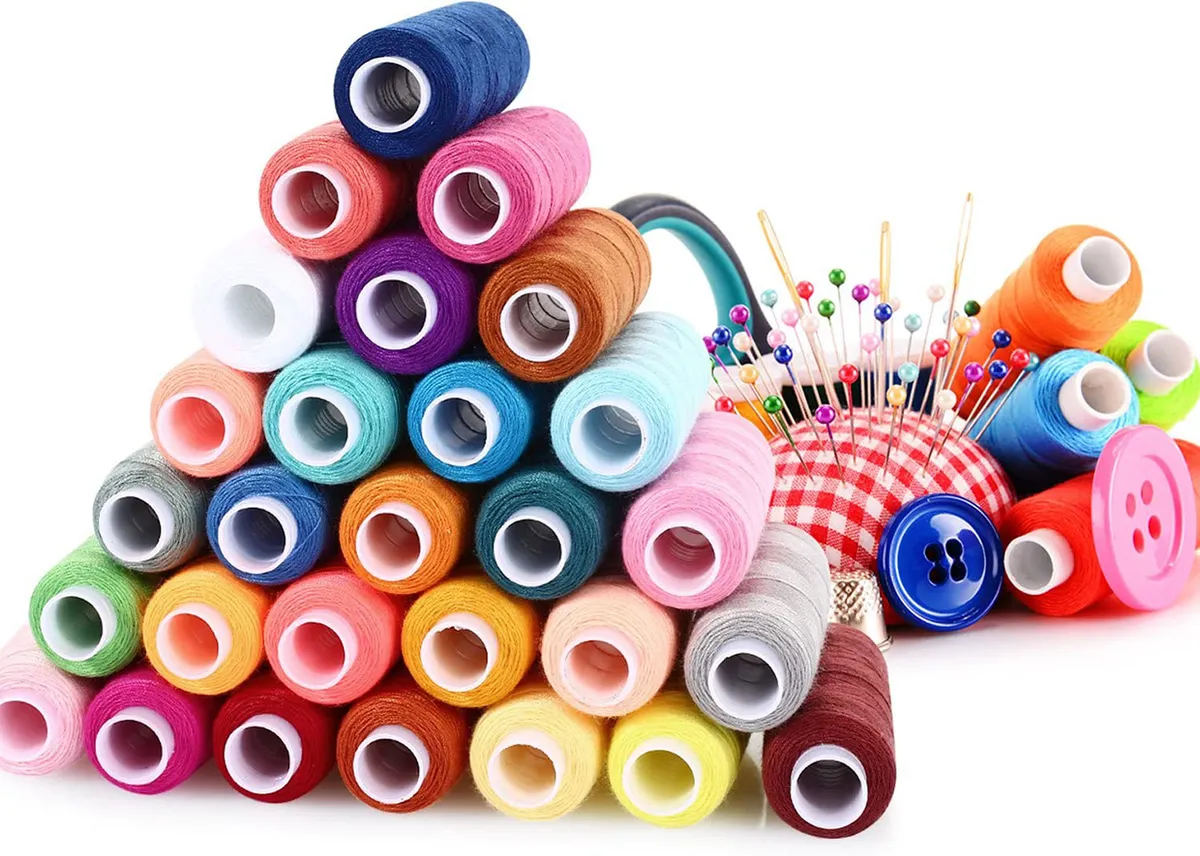
Polyester thread is stronger than cotton and doesn’t wear with washing and use. However, it’s worth noting you might find that it cuts into less robust fabrics. Polyester threads are colourfast, so you won’t need to worry about them fading.
SQUIRREL_13086043
Nylon and rayon threads

Nylon and rayon threads are ideal for appliqué and decorative stitching: nylon because it’s very fine so the stitches don’t show around the edge of an appliquéd shape, rayon because it has a slight sheen.
SQUIRREL_13086042
Silk threads

Lightweight silk thread is also good for appliqué as it blends into the shapes being sewn on. Thicker silks will make embroidery stitches look really beautiful.
Stranded silks and cotton are the best choice for hand embroidering your quilt top.
- Buy now from Minerva Crafts
Quilting fabrics
Perhaps the most important (and definitely the most fun in our opinion) quilting tool is, of course, fabrics! You can use any fabric for quilting but cotton is the best and easiest to use.
Before you find the fabric for you, head over to our how much fabric do I need for a quilt guide. This covers fabric sizes and conversion charts.
Now it’s time to find you some fabric! You can buy your quilting fabric as yards, fat quarters, packs or even panels.
Yards of fabrics

Buying yards of fabrics is the best option if you’re making large quilts. Sewing a bed-sized quilt takes a lot of fabric and there’s nothing worse than running out halfway through.
Etsy sells a gorgeous range of fabrics that are perfect for quilting. Find a design you love (like this one by Funtastic Crafts) and use our guide mentioned above to work out how much fabric you require.
- Buy now from Etsy
Fat Quarters
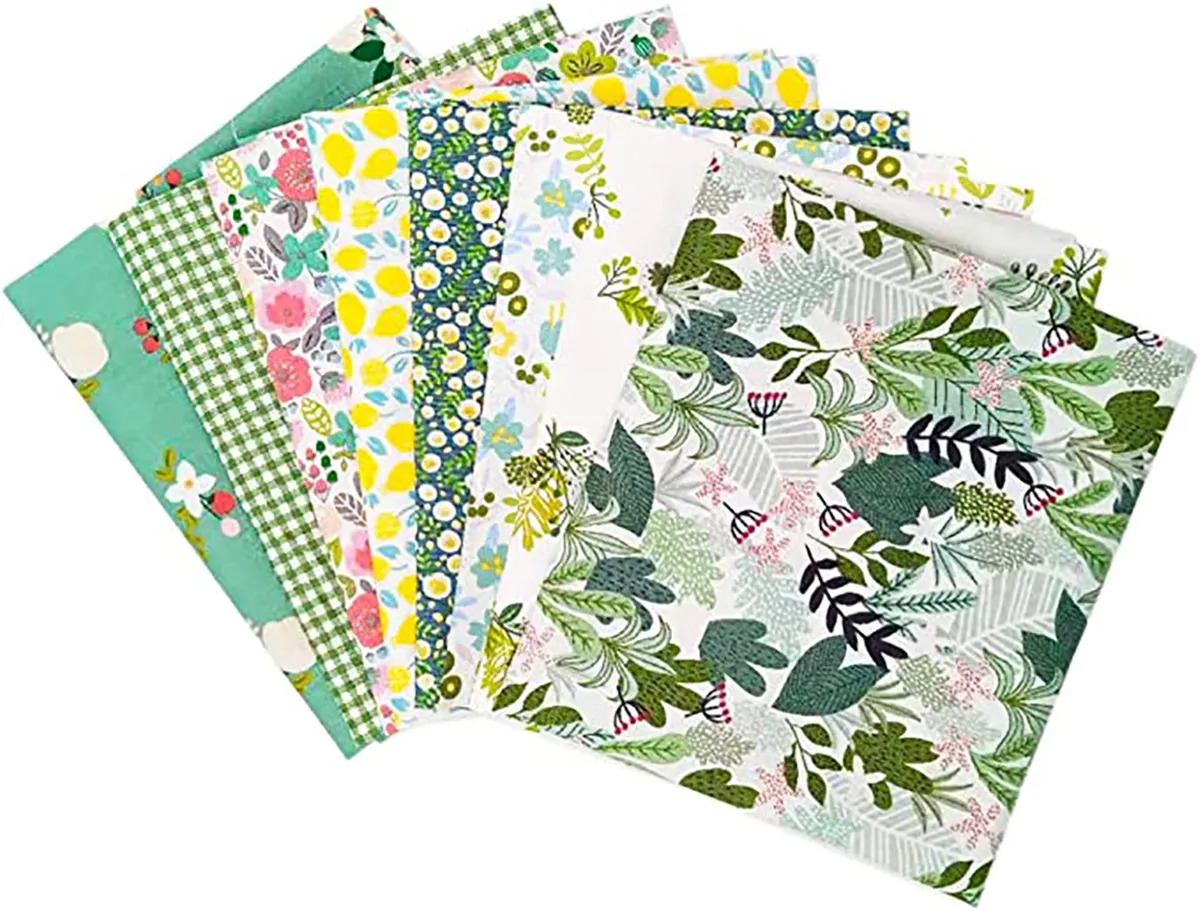
Fat quarters are perfect for quilters focused on patchworking. Fat quarters are typically 18 x 22 inches when the fabric is cut by the yard. When cut by the metre, they measure 50 x 55 centimeters.
They often come as bundles and packs with each piece of fabric featuring a different design or pattern. They’re great for beginners experimenting with fabrics and ideal for sewing smaller projects. We love this pretty fat quarter bundle from Miduole.
You can learn more about fat quarters, where to buy them and what to make with them in our collection of fat quarter projects.
SQUIRREL_13086029
Quilting panels

Quilting panels are a quick way to add design elements into your quilting projects. These are used to add extra decoration to your pieces so will need to be purchased alongside your base fabric.
There are lots of stunning, highly illustrated fabric panels out there. We collected 15 of our favourites in our round-up of the best fabric panels. Have a browse through and pick your favourite.
- Buy now from Etsy
Seasonal fabrics
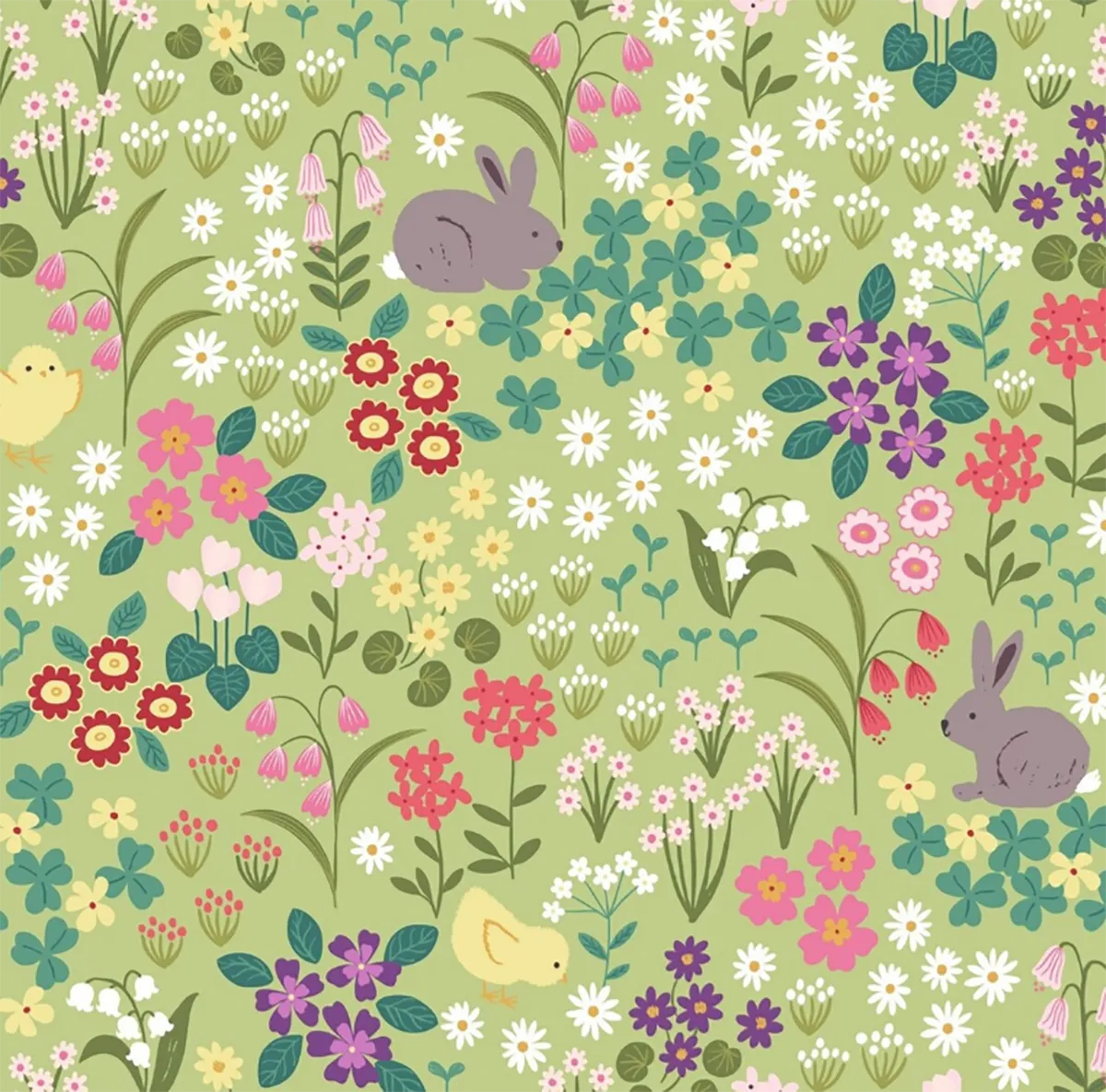
Whether you’re making a cosy Christmas quilt or some cheerful Easter blocks, you need some fabric to suit the season!
We’ve found the best spring fabrics as well as the best christmas fabrics and best Halloween fabrics. Now you can make a quilt for every occasion!
Check out our round-up of the best online fabric shops if our fabric suggestions aren’t the ones for you.
- Buy now from Etsy
Wadding and batting
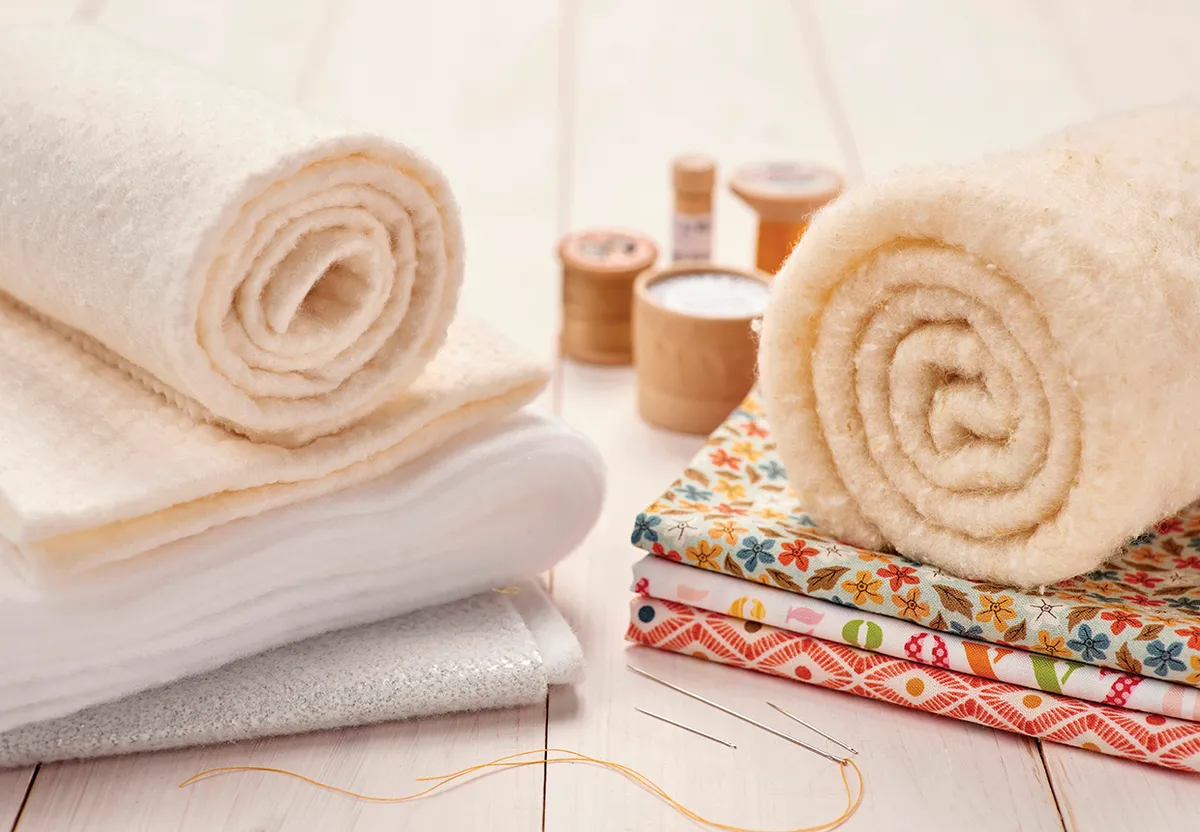
Wadding or batting is the soft fabric which runs through the centre of a quilt. It’s the middle layer which goes in between the quilt top and quilt backing fabrics. It’s essential for making your quilt cosy and warm.
As with fabric and threads, your choice of batting can be broadly divided into cotton or polyester. Think about how thick you want your quilt to be, as you can choose between a low (thin) or high (thick) loft. For most projects, low loft is fine – high loft batting can be harder to quilt.
SQUIRREL_13086024
Cotton batting stays cool in summer but warm in winter, so is ideal for bedding. It’s generally low loft but this doesn’t affect its ability to keep you warm.
SQUIRREL_13086023
Polyester batting is lighter than cotton and can withstand regular washing, but you might find you overheat under a quilt made with 100% polyester batting. Poly cotton blend batting is a great way to get the natural properties of cotton with the durability of polyester.
Head over to our complete guide to wadding and batting to learn more about this brilliant quilting material.
Steam irons
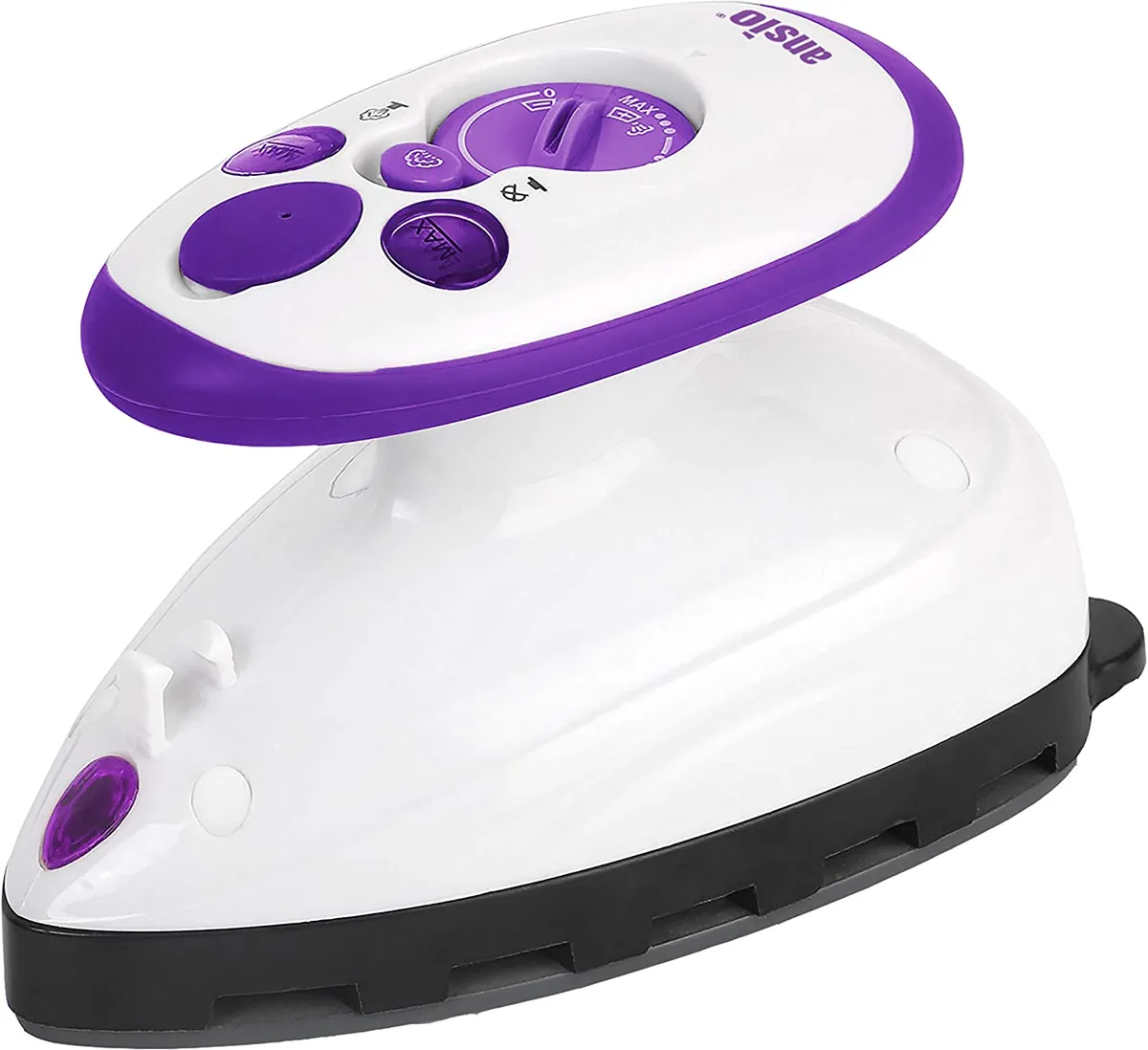
To create professional, neat quilts it’s important to iron fabrics before you work with them. Once you’ve finished your quilt it will also benefit from being pressed.
You can use most household irons to press your quilts, but if you don’t have one then never fear! Head over to our round-up of the best irons for quilting. If you're looking for an iron that gets less tangled we'd recommend one of these cordless irons for quilting.
SQUIRREL_13085222
Quilting cutting tools
Rotary cutter
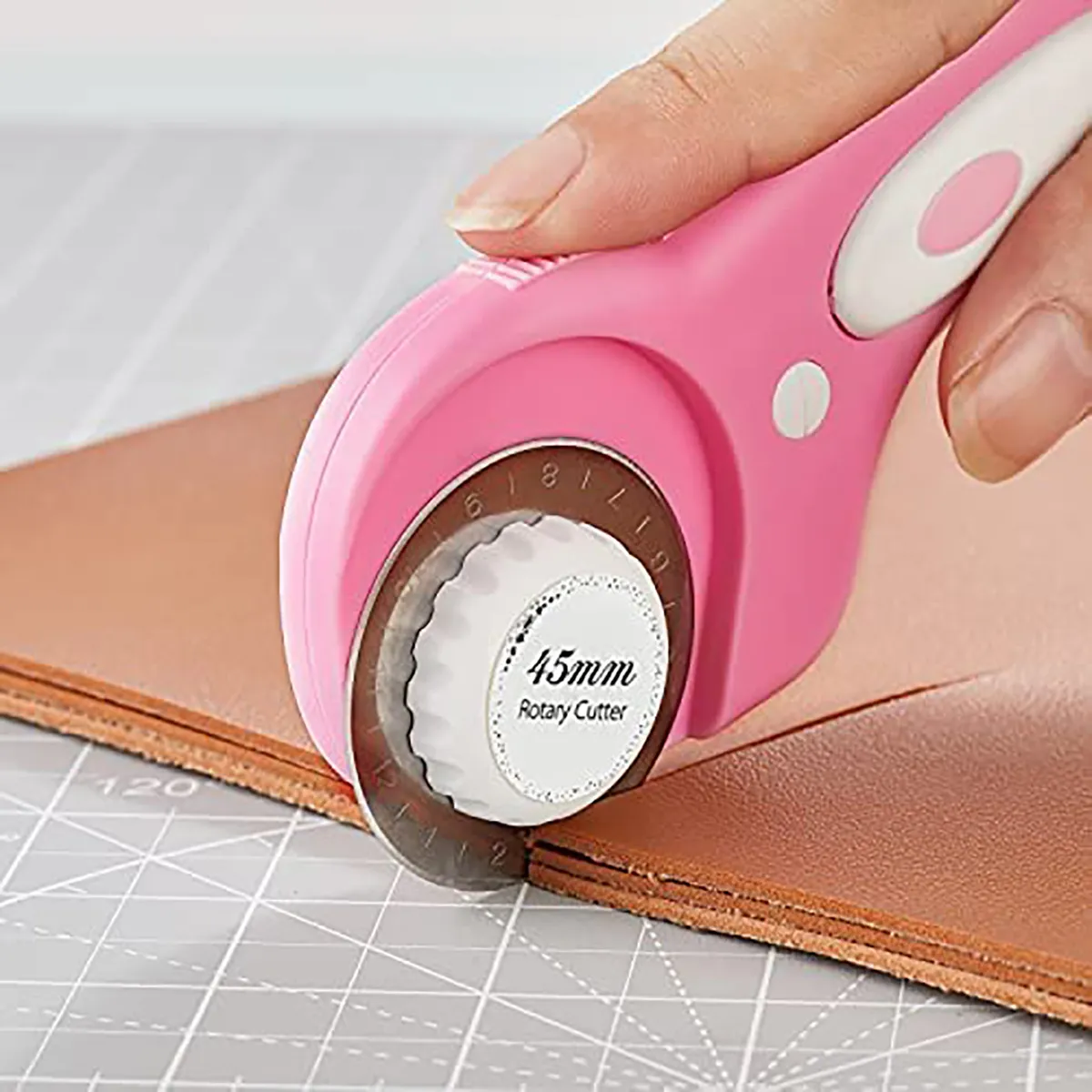
Rotary cutters are the quickest and easiest way to cut precise pieces of fabric. The blade is extremely sharp so you’ll need to be careful when using one, but the finish is much neater than using scissors.
They come in a variety of sizes, but a 45mm diameter blade will be most useful when you’re starting out. We’ve found the best rotary cutters on the market and collated them into one helpful article for you.
SQUIRREL_13086022
Cutting mat
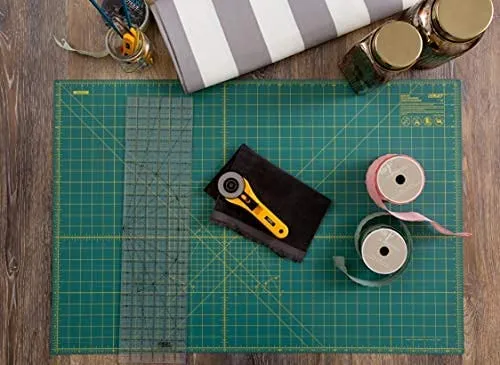
Whether you’re working at the kitchen table or on a dedicated craft desk, you’ll want to protect it against the blade of your rotary cutter.
Buy the largest cutting mat you can afford, as this will enable you to make longer continuous cuts of fabric using a rotary cutter. You can find our selection of the best cutting mats right here on Gathered.
Seam ripper

Seam rippers are brilliant for unpicking your work. They're specifically designed to work into tight stitches without damaging the fabric underneath.
Head over to our round-up of the best seam rippers to grab yourself this fab little quilting tool.
Scissors
Scissors are essential for all crafters! Aside from a standard pair of scissors, we’d recommend every quilter has a pair of dressmaking scissors and a pair of embroidery scissors in their arsenal.
Dressmaking scissors
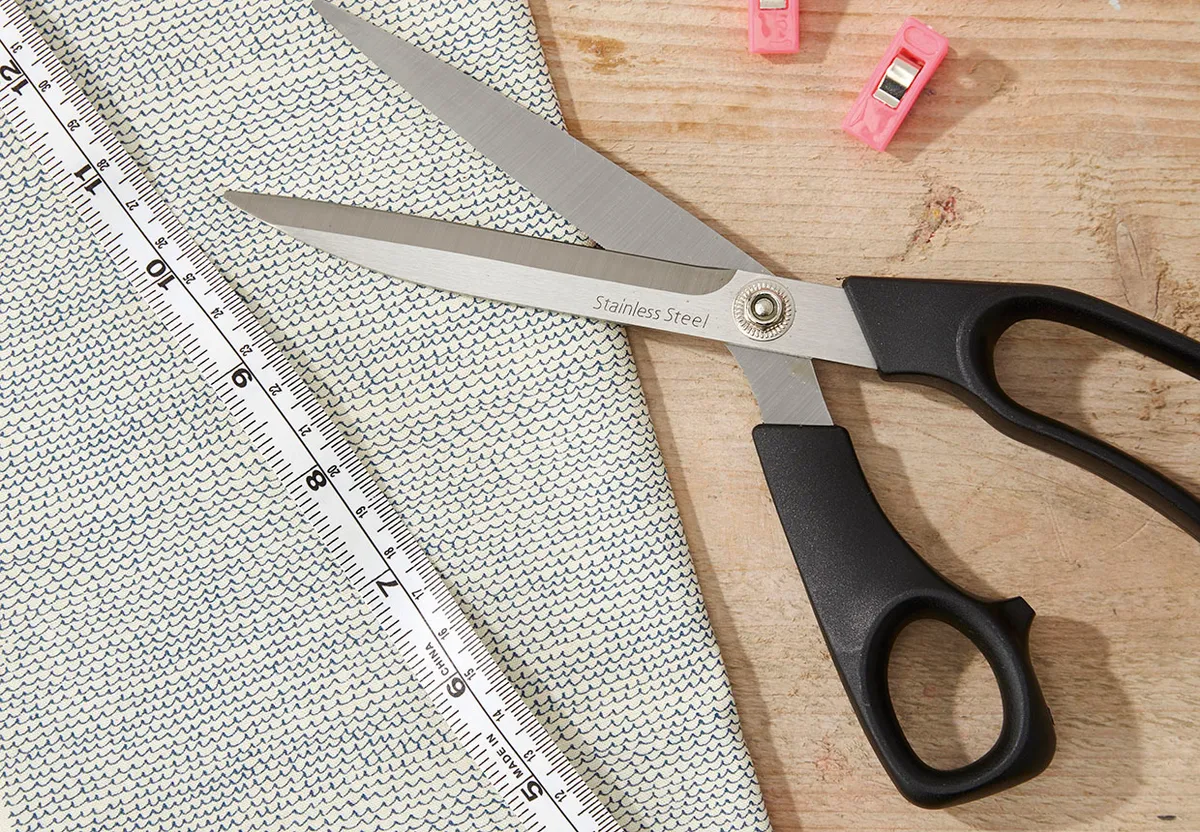
Dressmaking scissors are ideal for cutting fabric. They’re sharper and larger than normal scissors, making them perfect for working with yards of fabric.
Don’t use dressmaking scissors for cutting paper as this will quickly blunt the blades. We rounded up the best sewing scissors in this article.
SQUIRREL_13086021
Embroidery scissors
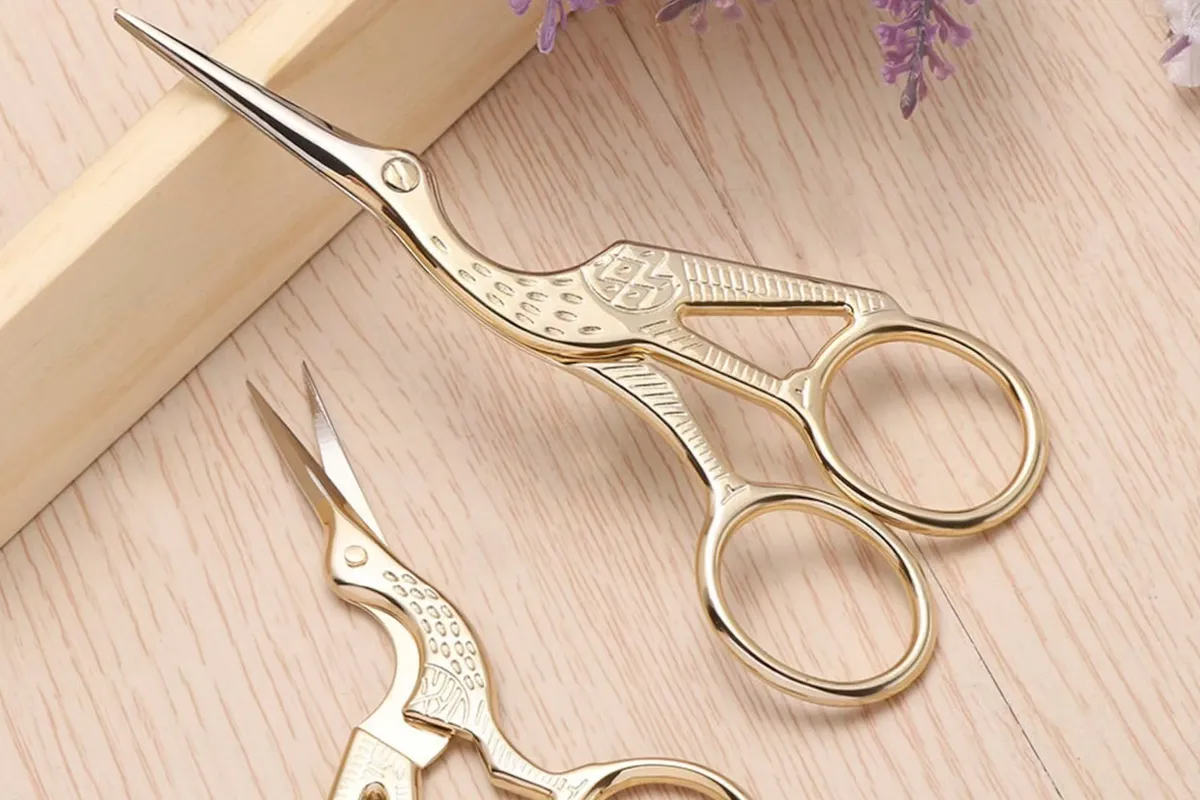
A small pair of embroidery scissors are often useful too, as are pinking shears – these create a zigzag edge as they cut fabric and can stop your patchwork pieces fraying.
When you’re shopping for any scissors, look for steel blades and comfy-to-hold handles. We’ve collected the best embroidery scissors to help you find the perfect pair for your kit.
SQUIRREL_13086041
Quilting marking tools
Quilting ruler

Made from acrylic, quilter’s rulers are tough enough to withstand the blade of a rotary cutter. They’re a quilting tool every kit needs as they help you to create precise designs.
They’re available in many shapes and sizes, but if you’re starting out, opt for a 6½in x 24½in or 3in x 18in version. You may also find it handy to buy a 6½in or 12½in square ruler for squaring up patchwork blocks and quilts.
Head over to our collection of the best quilting rulers to find an affordable one. We also show you how to use your new quilting ruler in our how to use quilting rulers tutorial.
SQUIRREL_13079253
Fabric markers

Lines and patterns can be marked out on fabric with various tools. Tailor’s chalk is best on dark fabric, while pencils come in a range of colours and can be used on most materials.
You can also use water-soluble (washable) or air-erasable marker pens. To find the best fabric marker for you head over to our guide.
SQUIRREL_13086036
Tape measure
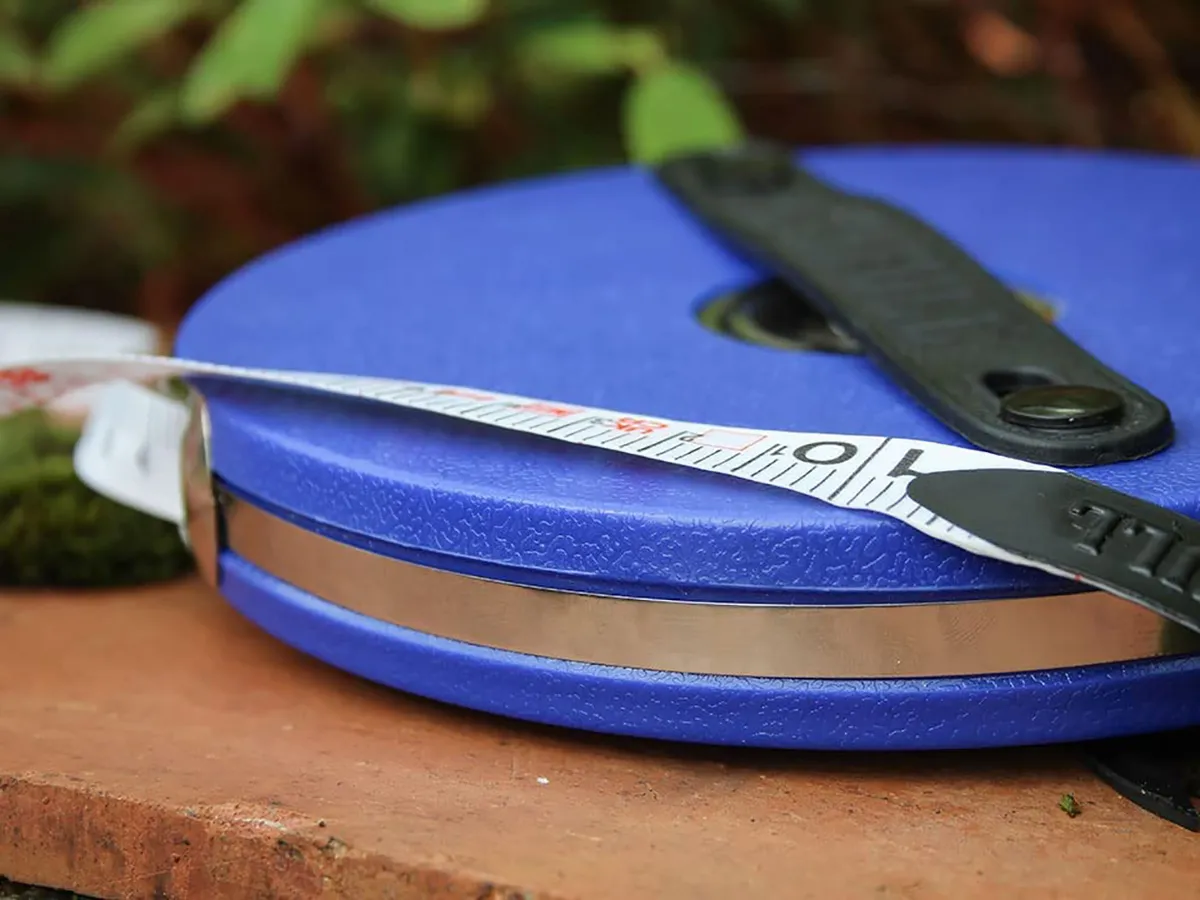
Accurate measuring is crucial when quilting, so tape measures are important! Most standard tape measures make perfectly adequate quilting tools, just make sure your tape measure is easy to read. If you’re planning a large project, such as a bedspread, then treat yourself to a long tape measure.
SQUIRREL_13086034
Fabric glue
Adhesives are useful for holding the fabric in place before or during stitching. Many quilters use fabric glue to baste English Paper Pieces. There’s loads of brilliant fabric glues on the market including this one by Home & More. Our complete guide to craft glues covers more fabric glues in liquid, stick or spray form.
SQUIRREL_13079249
Pins & Safety Pins

Pins and safety pins are vital quilting tools. You’ll need to pin the fabric together while quilting, so make sure you have plenty of pins. It's best to have a mixture of normal pins, flat head pins, safety pins and special curved pins.
We go in-depth about pins and safety pins in our guide to the best pins for quilting.
Looking for quilting content?
Brush up on your quilting knowledge with our how to quilt section. It includes tips, tricks and tutorials.
Quilting tool kits
For some beginner quilters buying a quilting tool kit is an easier, more affordable option.
These three quilting tool kits for beginners include most of the key equipment you need to start sewing.
However, none of the kits below are complete sets. We’d recommend checking our essentials tool list above and picking up the missing items!
Sunfry quilting cutting kit

This nifty little kit by Sufry includes all the cutting quilting tools that you’ll need. There’s a 45mm rotary tool with five replacement cutters as well as pins, a cutting mat, scissors and much more. It’s the perfect basic quilting tool kit – all you need to provide is a sewing machine and fabric.
Sewing machine quilting tool kit
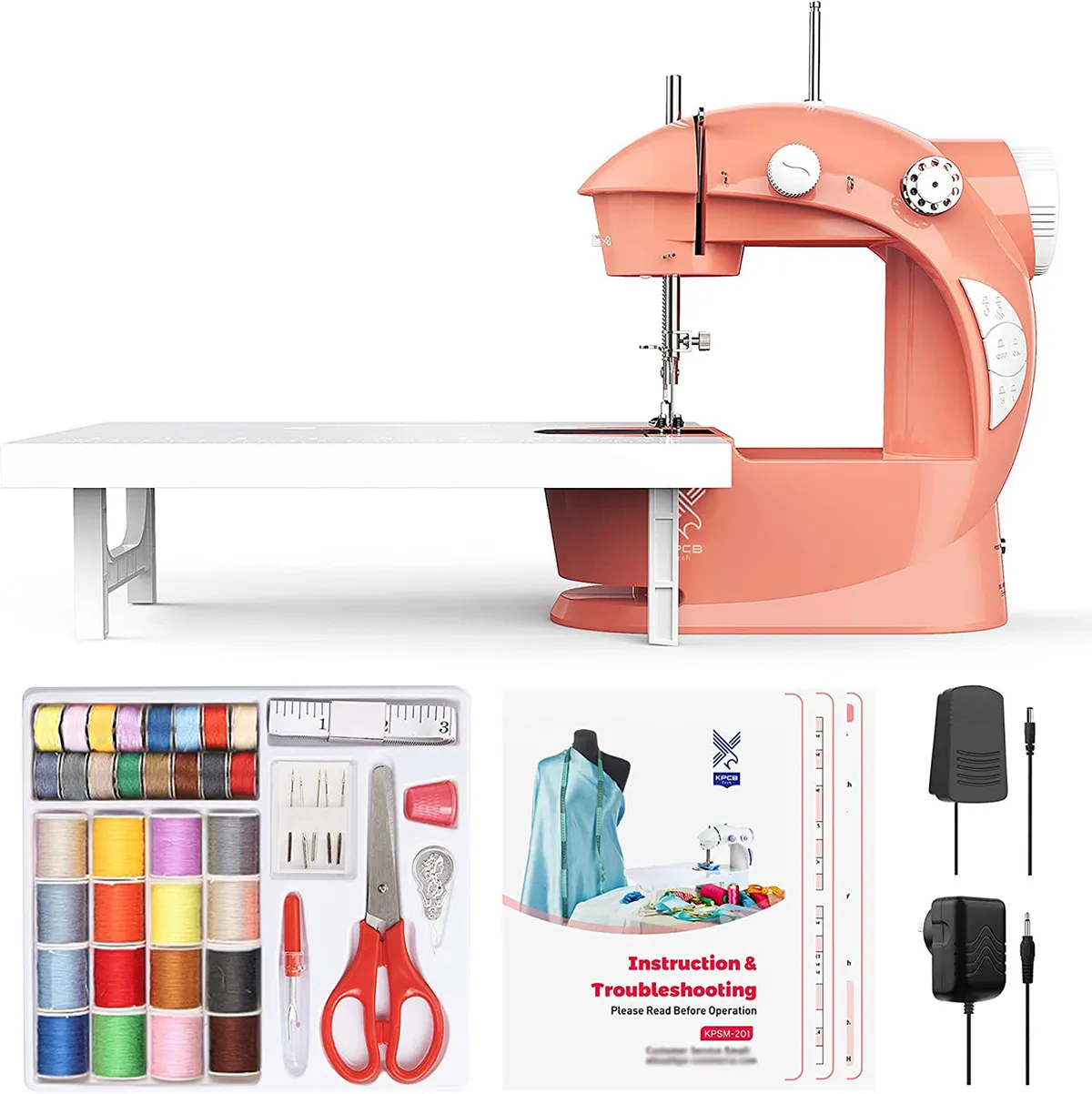
Looking for a beginner-friendly sewing machine too? Then this is the kit for you! KPCB’s quilting tools kit comes with this adorable mini sewing machine, along with an instruction manual and mini sewing kit.
This sewing machine won’t be suitable for large or complex quilting projects, but it’s great for beginners wanting to experiment. It would also make a brilliant sewing machine for kids (if you’re looking specifically for children head over to our collection of the best sewing machines for kids).
INTLMATE quilting cutting kit
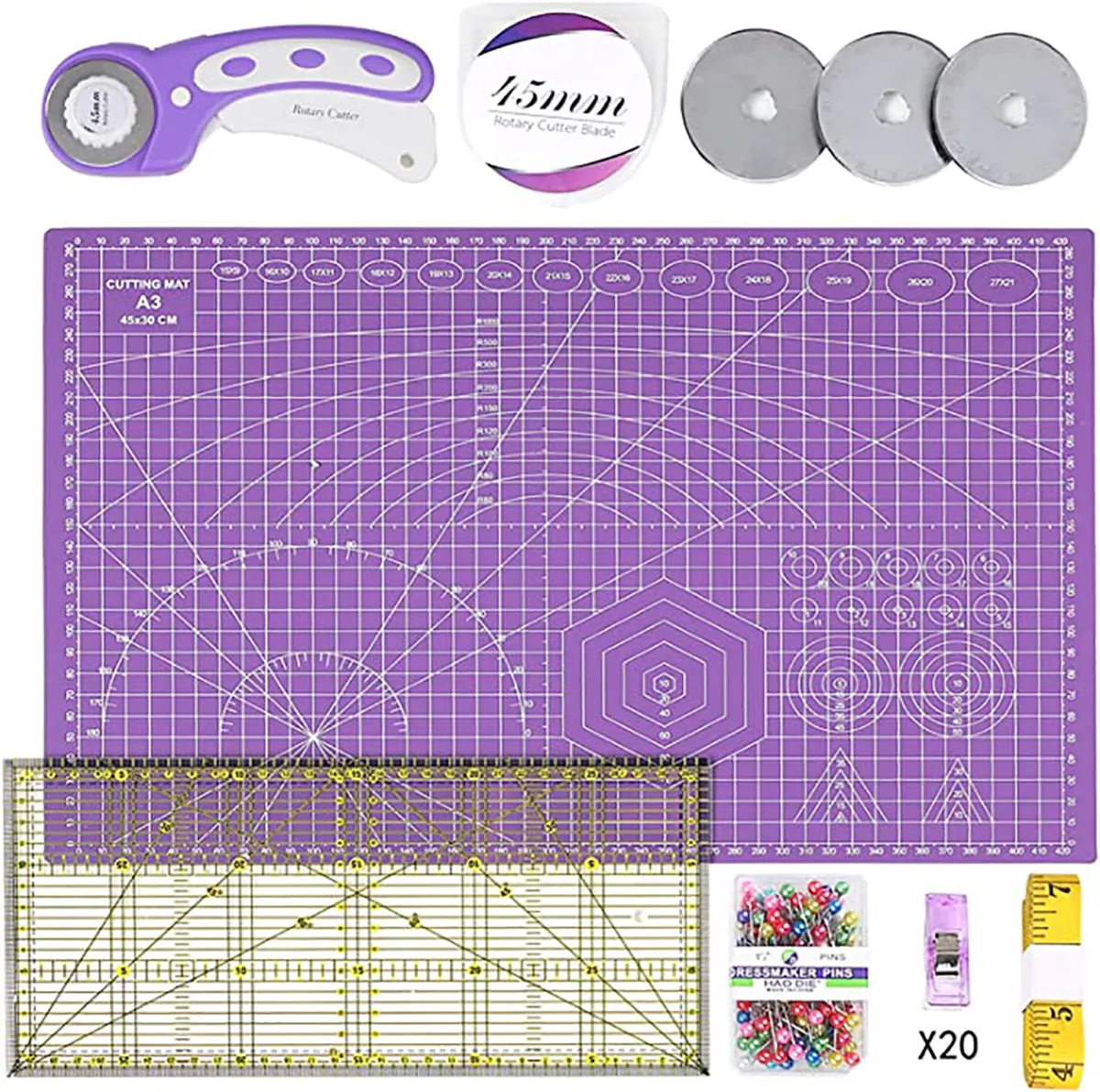
Available in a range of funky colours, this quilting cutting kit is both practical and pretty. In the kit, you’ll find a high-quality cutting mat, rotary cutter, pins, tape measure, and ruler. That’s all the essentials (bar machine, thread, and fabric) you need to get started.
Advanced quilting tools
Experienced quilters will have all the basic quilting tools safely in their stash. They’re probably very well-loved!
Even if you have all the basic quilting tools, there’s always room to upgrade or improve! We’ve rounded up a selection of specialist quilting tools that would make a brilliant addition to your kit.
Quilting stencils

Quilting stencils are a fun addition to your stash. Stencils are used to create neat, decorative designs for your quilting projects. There’s a huge variety on the market in different styles, designs and sizes.
To help you find and use quilting stencils, we’ve created a complete guide to using quilting stencils. We even have a video tutorial showing you exactly how to use them.
Long-arm quilting machines

Many quilters send their pieces to be topped off, but did you know you can do it yourself? Long arm quilting machines are an investment but they enable you to create beautifully finished quilts in your home.
Head over to our guide to the best long arm quilting machines to discover the top machines on the market. We also show you how to use them and how to choose the best one for you.
Quilting gloves
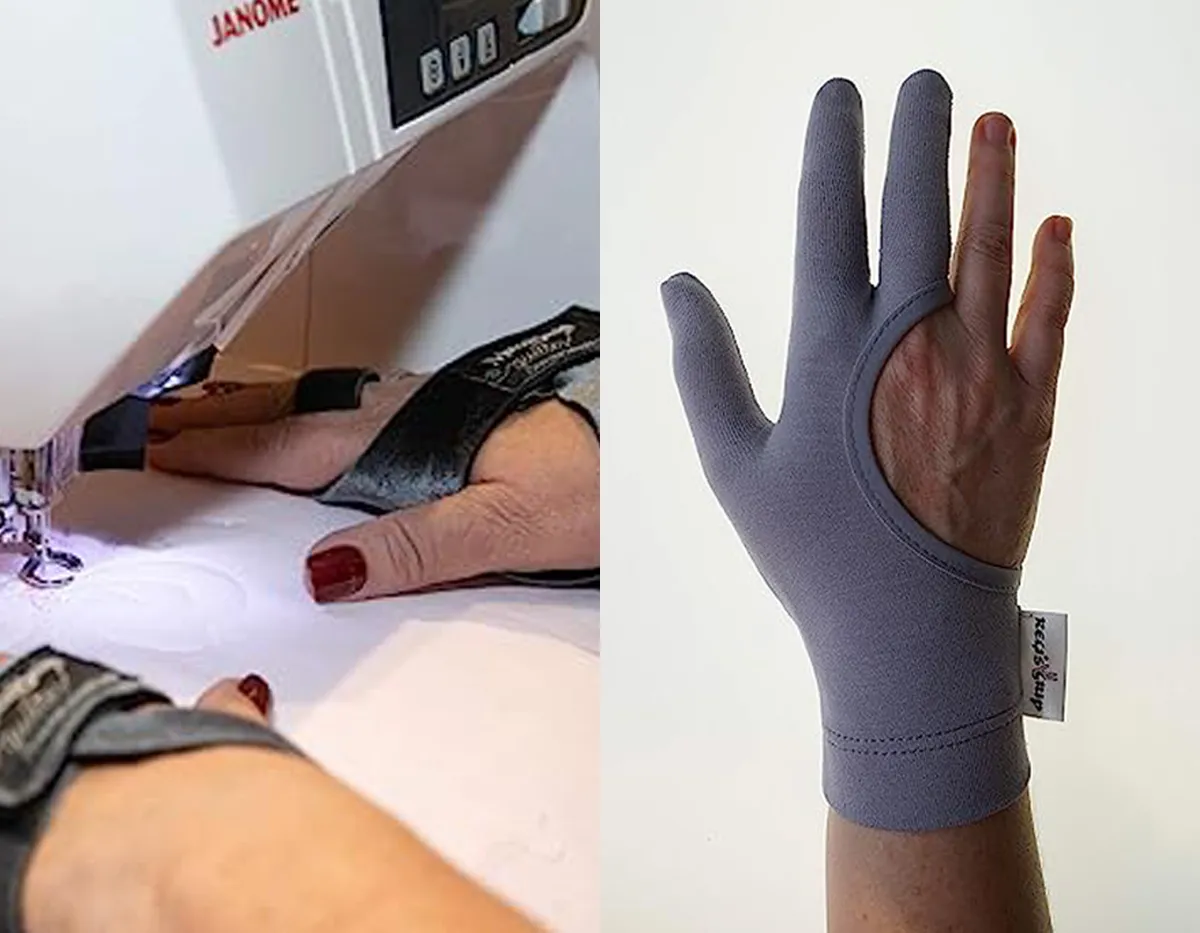
Quilting gloves are a great bit of kit and help you to grip onto your quilt while you sew. There's plenty of different styles on the market (some designed specifically for those with dexterity problems) so we've rounded up our favourites for you.
Head over to our collection of the best quilting gloves and we promise they will quickly become your quilting BFF!
Quilting ironing board
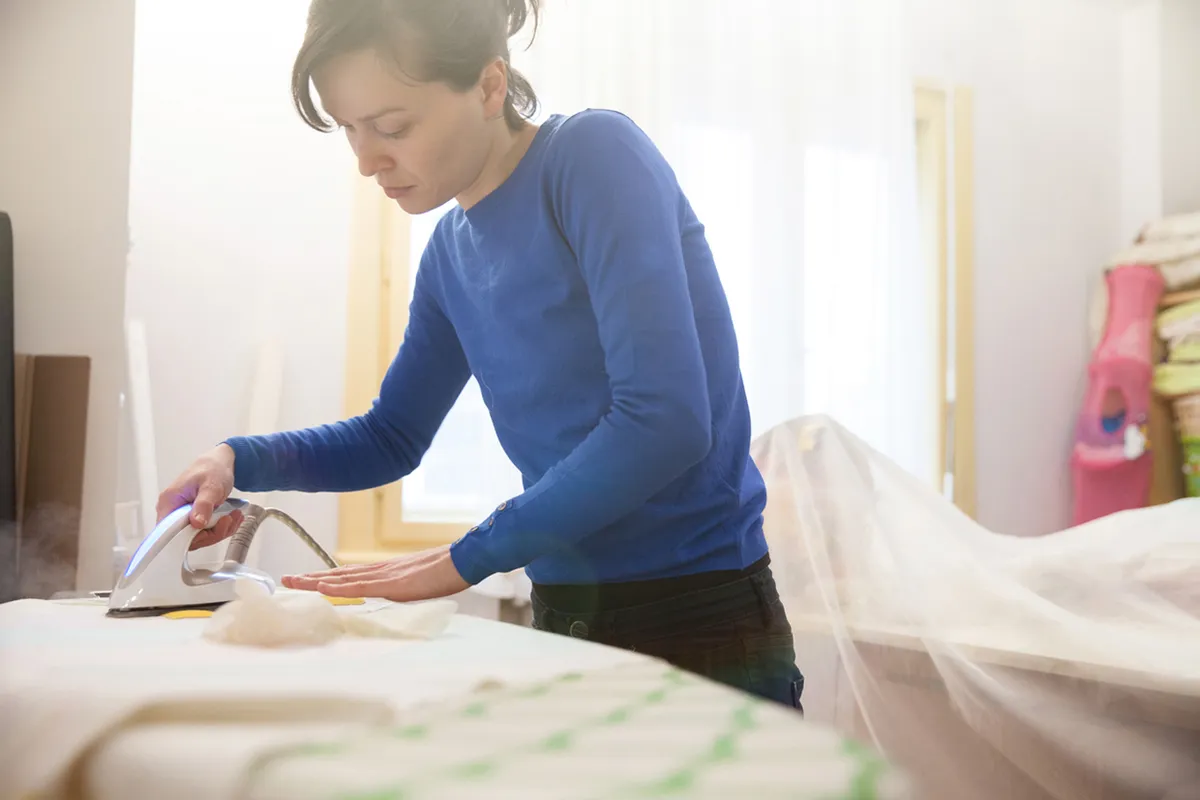
Most standard ironing boards work perfectly well for pressing and finishing your projects. However, if you're looking to treat yourself, or you're finding your ironing board too bulky and weak, then try one of these ironing boards for quilters.
Quilting frames
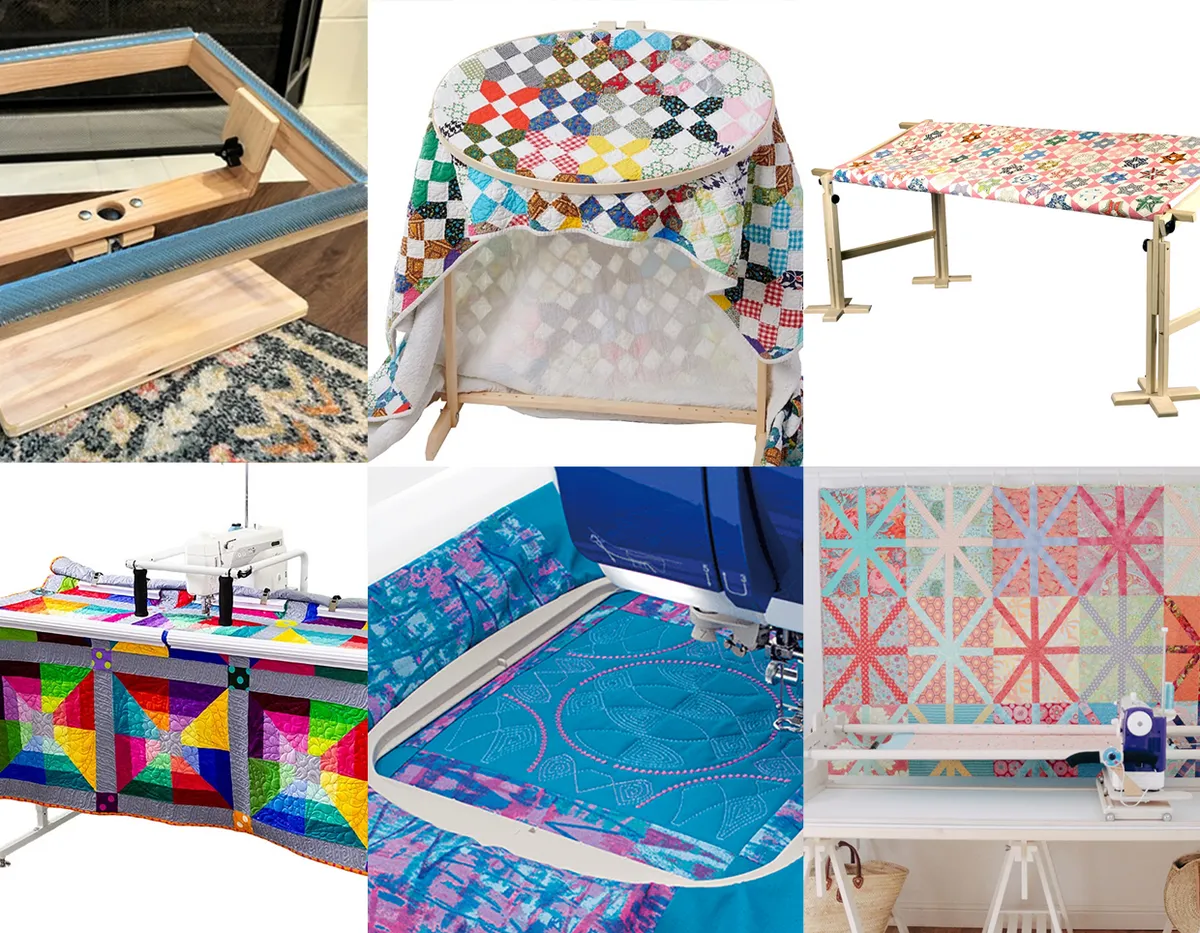
Quilting frames are another fantastic advanced quilting tool. Designed to tighten a specific area of your work, they’re available for both hand quilters and free-motion quilters.
Our pick of the best quilting frames includes these two types of frames as well as providing pros and cons for each.
Freezer paper
Freezer paper is a useful tool to keep in your stash, especially if you’re planning to add design to your fabrics.
Despite being created for wrapping up food before it’s frozen, freezer paper is ideal for quilters working with templates and appliqué.
One side of the paper is slightly waxy, so it can be ironed onto the fabric where it will stick temporarily, then peels off without leaving any waxy residue.
For those of you who are new to appliqué and templates, we have several handy guides. Our How to Applique tutorial covers three techniques. We also show you how to make your own FPP templates.
Fusible web

Fusible web is a quilting tool that comes in handy in many crafts. A bit like double-sided sticky tape for quilters, fusible web makes appliqué really simple.
Simply draw your shape onto the papery side of the web, cut it out, and iron it onto the wrong side of your fabric. You can then accurately cut out your fabric around the web.
Then you fuse the shape to your backing fabric by pressing it in place with an iron. Finally, add your appliqué stitches.
As with interfacing, the fusible web is available in different weights, so choose the one that most closely matches the thickness of the fabric you’re working with.
Thin card or template plastic
Quilters wanting to work with appliqué, irregular shapes, or curves, will need cards in their kit.
Sheets of cards or thin plastic can be turned into templates easily. We show you how to piece and sew curves here on Gathered.
Complete your kit with quilting tools!
Whether you’re picking up your first-ever set of tools or you’re adding special equipment to your collection, there’s no doubt that shopping for quilting tools is fun!
Your new quilting tools will help you to create incredible quilts easily and efficiently. They’re designed to make your life easier so why not indulge?
Once you’ve purchased all the necessary quilting tools all that’s left is to find a project to work on!
Explore our range of gorgeous quilting patterns
We have lots of stunning patterns for you to make with all your new quilting tools.
Browse Gathered’s collection of free quilting patterns and be inspired!

